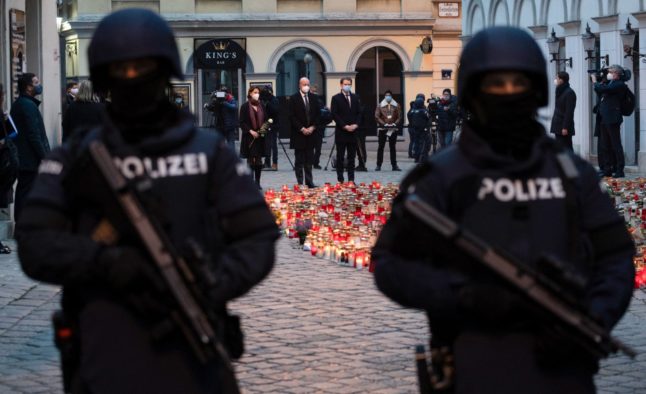25 armed police wearing body armour and helmets and accompanied by sniffer dogs stormed the vacant building, which is next to the U4 metro line and several media companies.
A witness had reported seeing the two men observing the 14-storey building from a parked car. The witness said they then put on sports jackets and woollen hats and entered the building through a broken window, carrying long sports bags.
Armed police didn’t find anyone in the building so they withdrew and stationed a guard outside. Around 2.50pm one of the men ran past the building, got into his car and sped off towards Muthgasse, where he picked up the second suspect.
Police stopped the car, a Ford, and the suspects were ordered out at gunpoint.
Police said they were two Serbians, aged 34 and 27, from the Favoriten district of Vienna. The men had four mobile phones with them, but no trace was found of the sports bags.
They were released from police custody. According to a report in the Heute newspaper both men denied that they had been in the empty building and said that they had just been wandering around a nearby petrol station, drinking beer.



 Please whitelist us to continue reading.
Please whitelist us to continue reading.
Member comments